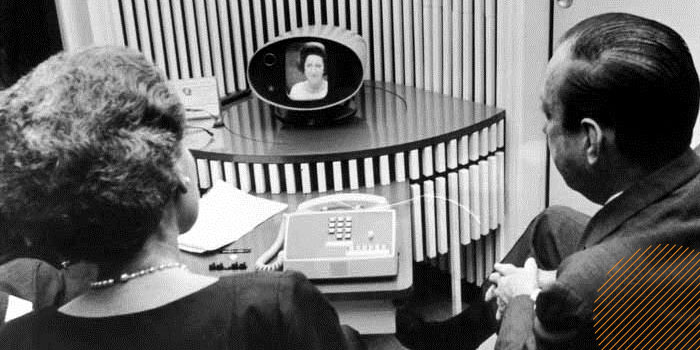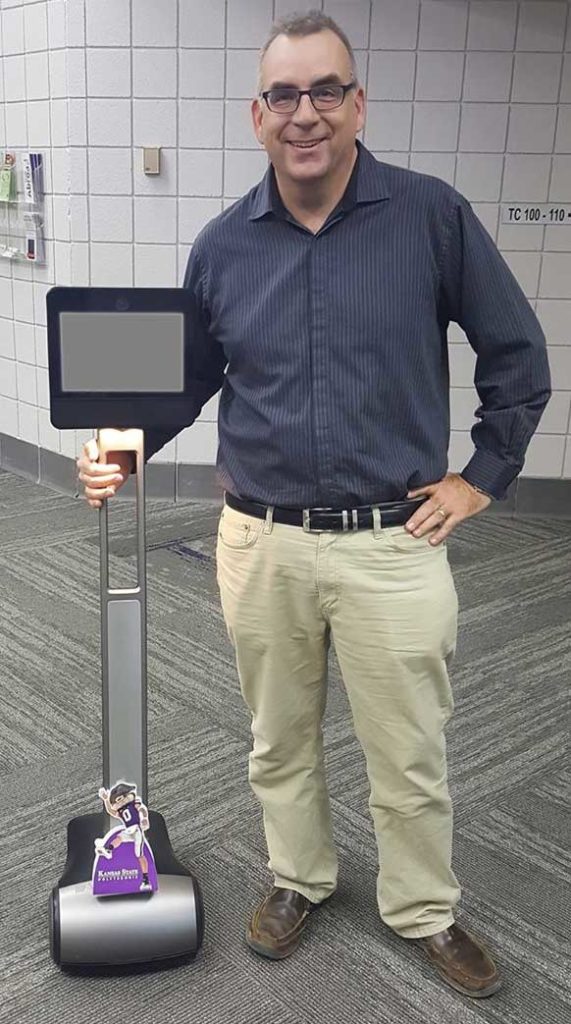I’ve spent a fair amount of time revising this Powerpoint slide show that I like to show early in my CMST 250 Hardware and Networking course. Since I’ve redesigned it for a distance learning class and I’m putting lectures in video form, I thought I would update the random bits of art in the slides and hand-make new artwork for this presentation. This video shows the results of that effort. Most, but not all of the artwork in it was recently made by yours truly.
Category Archives: online teaching
Merging Canvas Course Sections
Thanks to Lisa Shappee, our resident Canvas expert, I now know how to merge two course sections into one course. It is not an easily discoverable process, but the directions are recorded in this K-State how-to post.
Practice What You Preach
Oops!
I justify using external services instead of courseware discussion boards so students can always refer back to previous discussions if they choose. However, I just deleted all of last year’s students from our private DigMe406 LinkedIn group. Doh! I shouldn’t have done that!
Thankfully, not much happened for that group on LinkedIn, more happened on Twitter, which can’t be deleted. I’m hopeful that this year more private discussion will happen on LinkedIn because we are starting our discussion there. Last year we started on Canvas discussions then I tried to get them to move to LinkedIn and it didn’t work well. People want to stick with what they started with.
Reflections on Teaching Online Classes in 2018
I taught several online classes during 2018. In the spring and summer terms, I taught a course on Social Media. In the fall, I taught an online course on Digital Literacy. In all of these courses, I emphasized the use of social media and digital tools. For each class, I required a video teleconference at the beginning of the semester with each individual student. That took many hours to visit with each student for 20-30 minutes, but I think it was a good investment to make that initial connection.
In the spring Social Media class, I initially requested that each student use our Beam+ telepresence robot to video conference with me, but that was not a popular option so I relented and let students use a video chat tool like Skype or Zoom. In one case, the student’s bandwidth was so poor, we just switched to a regular telephone conversation. In that case, the student was interested in using the robot, but simply couldn’t make it work.
Some students downright refused to use the robot, which I guess is somewhat understandable since it was uncharted territory and required installing special software to make it work. However, for those students who did try the robot in several cases, they told me that they appreciated how “real” the experience felt. They visited me during office hours and I was able to give them a brief tour around our building, even introducing them to some other students on campus.
Even though it was a big assignment, points-wise, a few students opted to not do the teleconference at all. Those are the students who consistently did the most poorly of all. I need to think about how to ensure that all students utilize the video conference and build connections with them. Being an online student is a lonely business! It is important to know that real people are out there and that they care.
For both spring and summer editions of the Social Media class, I followed a strategy that I frequently use. I shared my syllabus with the students and asked that they provide feedback and suggestions on some key points on how the course would operate related to grading and participation. I believe that sharing some of the decision making and control with students can assist with helping them to take some ownership of their learning and the class.
With online classes, it is difficult for me to know with any precision the needs of my students and what challenges they might be facing. So in asking them about things like what reasonable participation frequency throughout the week looks like, I’m getting some vital information about what they think is reasonable and we can have a discussion about it.
However, one of my students commented in his feedback on the course that it was inappropriate for the instructor to ask for student opinions about how the class and syllabus requirements should be structured. I think this says a great deal about what that student thinks education should be, what a class should look like and what the role of teacher and pupil should be. Over the years, I have learned that students naturally gravitate towards passivity and when the teacher asks them to think about such things it falls far outside of their comfort zone. They would rather have the teacher do all of the heavy lifting on such things whenever possible. But my belief is that when I share control over some aspects of a course, it is no longer a dictatorship but becomes a form of shared governance. It gives students some agency and responsibility for how the course turns out. That can be a little daunting for some students, I think. But in the end, I think it is a good thing.
The fall 2018 Digital Literacy class was overall a good one. We experimented with using several forms of online media for communication. However, at one point, there was a student who had some major concerns about one particular topic and its content; that of objectification and body image. My response to that situation took a great deal of energy and reflection. I consulted with several colleagues and my supervisor about possible approaches.
Ultimately, I followed the advice of Dale Carnegie and took the blame myself and apologized just to keep the peace, but to no avail. I requested on several occasions to have a real-time visit about the situation because I know through experience that text-based communications can make a sensitive situation even worse, but my student decided that I was in the wrong and that a cold shoulder was the best response for me.
The sad part of that whole business was that I essentially shared the same point of view as my student. I don’t think that people should be viewed or treated as objects. I introduced this topic for discussion because it is an important conversation to have with college students. I don’t think it is considered often enough.
However, it was my first attempt at dealing with the topic and it was admittedly not handled with as much finesse as it could have been. I apologized and tried to explain my thinking, but it ultimately was a missed learning opportunity for that student. However it did open up a good discussion in the class though, and I believe that most of the students ultimately understood the purpose of the assignment, even if they too were surprised by what they saw (some others said they were).
In these classes, I work hard to keep things interesting and relevant. I challenge them with new ideas they might not have considered before. I emphasize critical thinking about the various forms of media they are using on a daily basis. We are using tools and technology in ways that they have never tried before. Learning is hard and it is uncomfortable to be challenged. But I think we are doing some good work in these online classes even though we will never meet face to face.
Using Live Video Conferencing
I remember the first time I did a live Skype call with someone. I was acquainted with him, but didn’t know him well—only through the Internet. I had no camera on me because my computer was old, but I still felt very awkward looking at the live video feed of him. It took me a long time to get used to the idea of doing live video conferences because it was new and strange to me.
Actually, the idea isn’t new at all. AT&T invented a video telephone in the 1960s. They market tested it, and it was a failure. People didn’t like it and I get it. But today, I’m a believer in the video conference. It is so easy to do with the technology we have.
Things are shifting today, actually in the opposite direction I think. In the 1960s, people were quite comfortable with having both telephone conversations and face to face conversations. I’ve noticed that young people today are having less and less of either type of real-time conversation. They are mediating their conversations, so they can consider, parse and edit every word that is said. I’m not saying this is right or wrong, but I think it imposes unnecessary limitations on their life and workplace skills to do it this way.
That is why I am always experimenting with different techniques to engage with students. I think it is good for all of us to stretch beyond our comfort zones, to learn new skills and bring them to bear on solving the problems that life presents us with.
This semester in my DIGME406 online class on Social Media, we are experimenting with using Flipgrid. The little bit that we’ve tried it seems to have worked pretty well. We all have different schedules and I think it is difficult to try to do live conversations. Flipgrid seems a nice compromise in that regard. It mediates the conversation, so you can record a video and try again if you don’t like it before you commit it. You can also upload a video that has been edited if you wish. And it is asynchronous so it works with anyone’s schedule. So I’m excited to see how that works out.
The previous time I taught the online version of this class, I gave an assignment of visiting with me in real time using a telepresence robot. A few students tried it and liked it, but ultimately, I gave up on that one because I had a really hard time with the tech working for everyone, and also some people simply didn’t want to try it I think. We ended up using Skype or Facetime, and even a POTS (plain old telephone system) phone call. But I still like the idea of having a live chat with each of my online students. Distance education is so isolated for everyone involved.

